You've heard it all: dog mom, cat dad, plant parent.
However you identify, if you are working on your green thumb and have pets, you need to know which of your plants could make your dog or cat sick. Young or new pets tend to nibble and taste plants as they explore and become familiar with their environment, but some garden and house plants are toxic.
Symptoms may range from a mild upset stomach to a severe toxic response that can lead to death. Even common plants can be deadly, so read more to learn which plants to keep away from your pets and why.
Identifying toxic plants
Plant toxicities can be organized into four classes:
- Major Toxicity: Plants in toxicity class 1 may cause serious illness or death if ingested.
- Minor Toxicity: Plants in toxicity class 2 may cause vomiting or diarrhea if ingested.
- Oxalates: Plants in toxicity class 3 contain juice or sap with oxalate crystals that can irritate the skin, mouth and/or throat, cause swelling, difficulty breathing, pain, and/or an upset stomach.
- Dermatitis: Plants in toxicity class 4 may cause a skin rash if contact with thorns or sap occurs.
The plants pictured here and labeled with common and scientific names have been designated with their plant toxicity classes.

Amaryllis Amaryllis spp.
Toxicity class: Minor Toxicity, Dermatitis
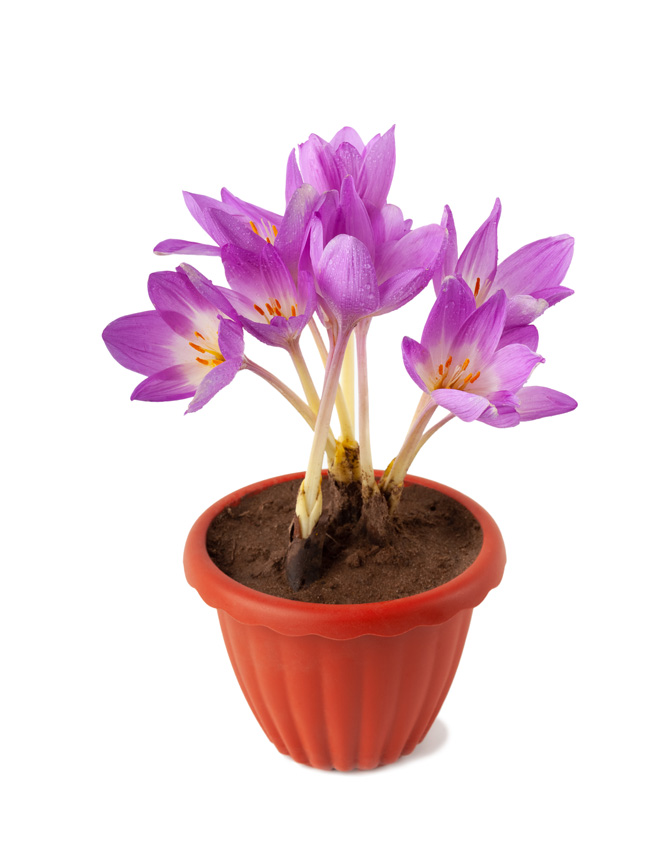
Autumn crocus Colchicum autumnale.
Toxicity class: Major Toxicity, Dermatitis
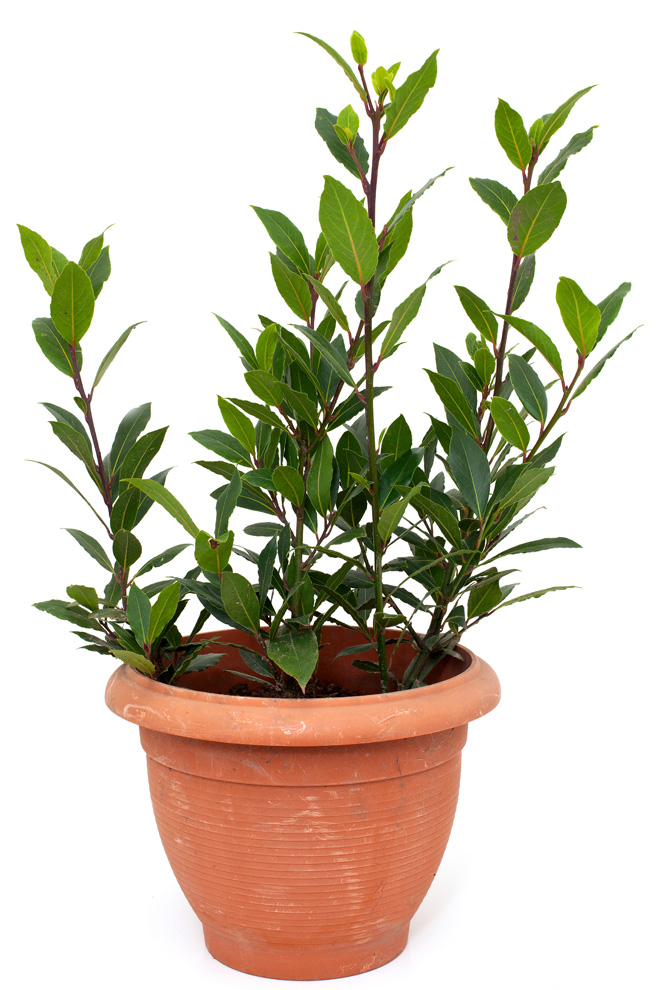
Bay laurel (sweet bay) Laurus nobilis
Toxicity class: Minor Toxicity

Caladium Caladium spp.
Toxicity class: Oxalates, Dermatitis

Calla lily Zantedeschia aethiopica
Toxicity class: Oxalates, Dermatitis
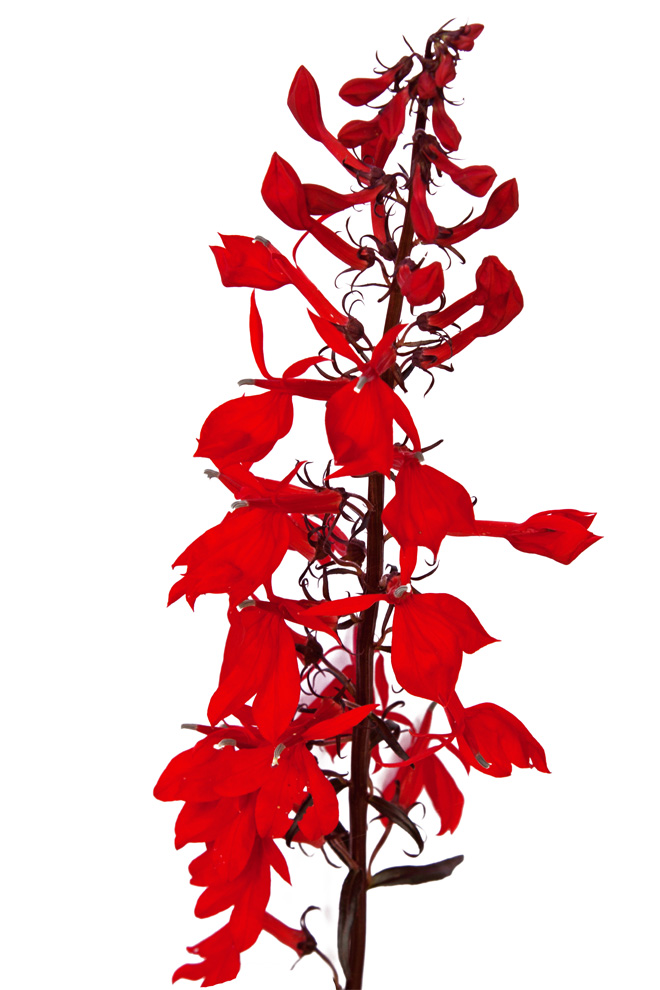
Cardinal flower Lobelia spp.
Toxicity class: Major Toxicity, Dermatitis
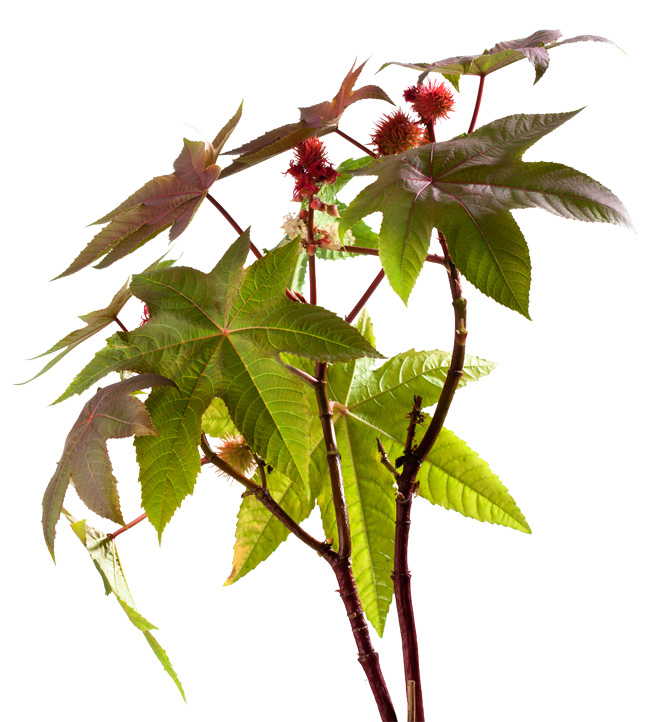
Castor bean Ricinus communis
Toxicity class: Major Toxicity
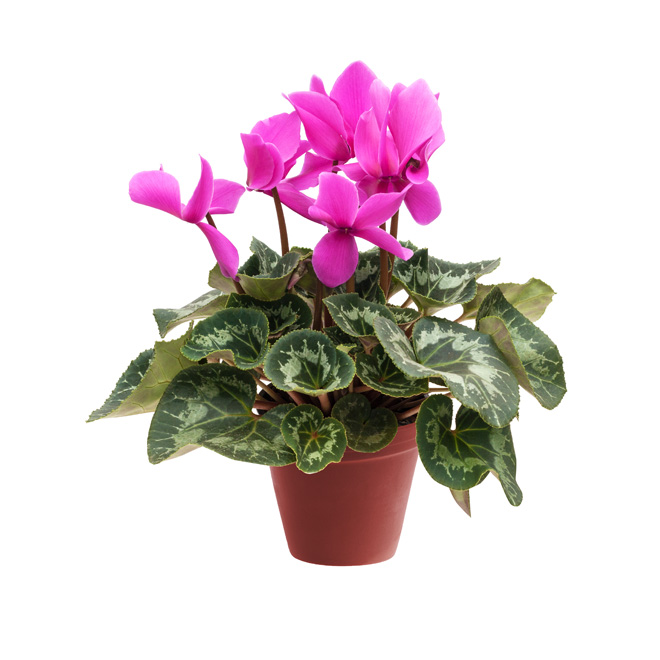
Cyclamen Cyclamen spp.
Toxicity class: Minor Toxicity, Dermatitis
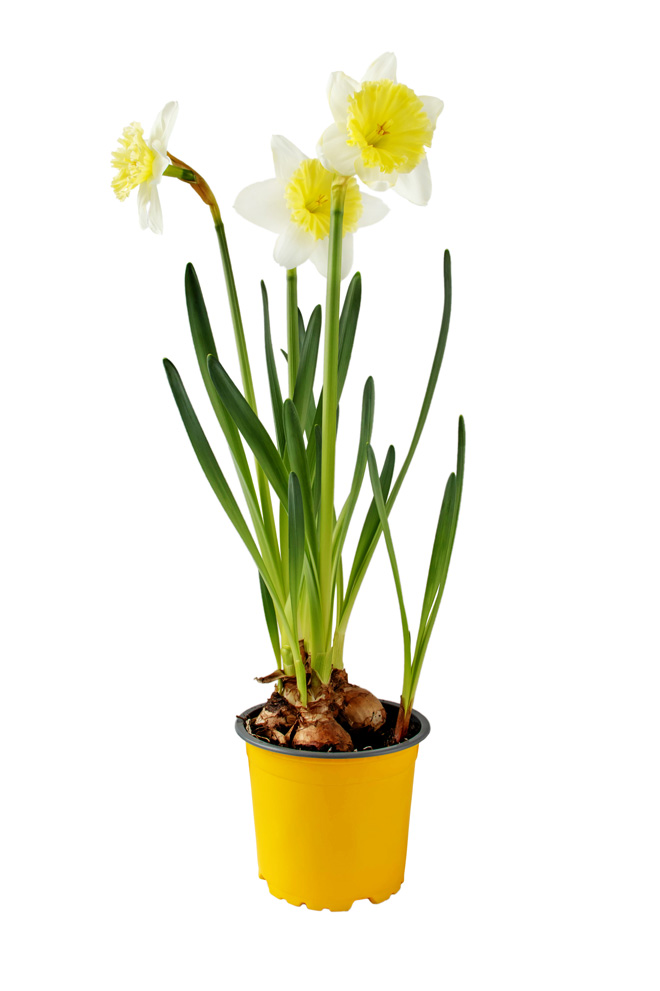
Daffodil (bulb) Narcissus spp.
Toxicity class: Minor Toxicity, Dermatitis
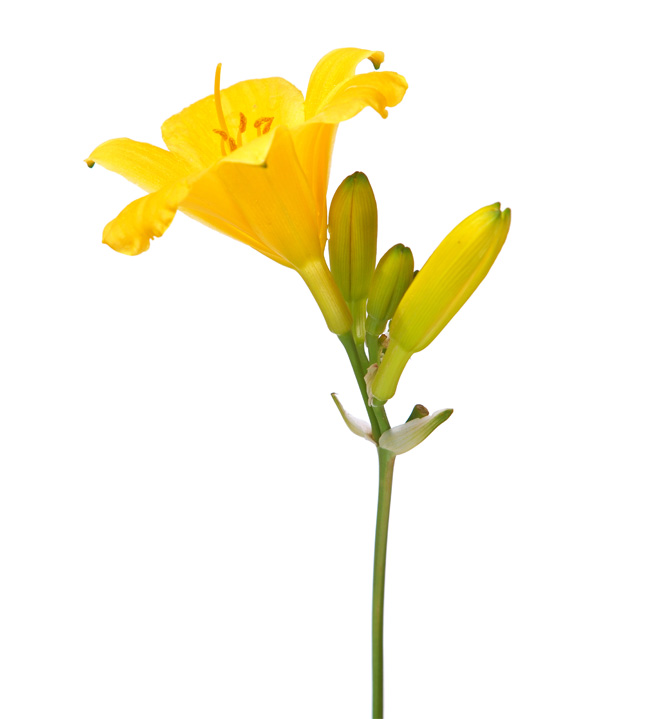
Daylily Hemerocallis spp.
Toxicity class: Major Toxicity (for cats)
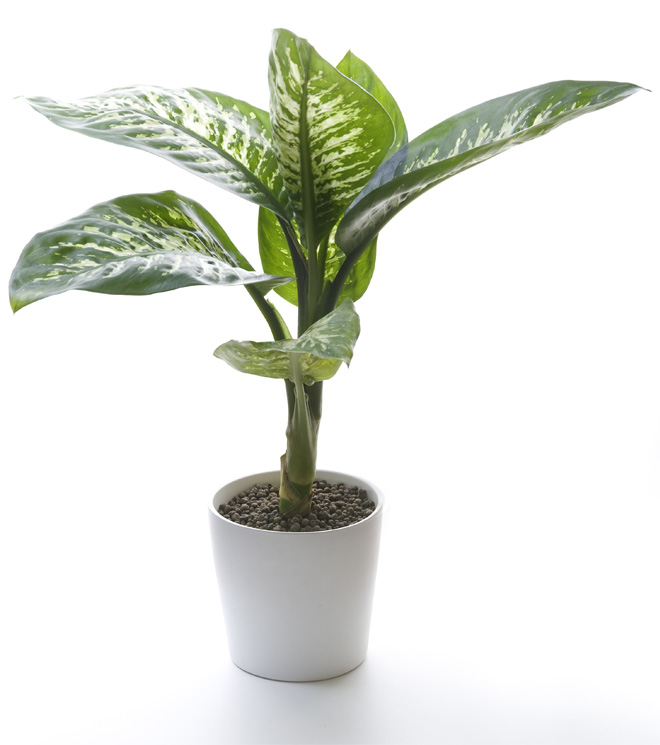
Dieffenbachia (dumbcane) Dieffenbachia seguine
Toxicity class: Oxalates
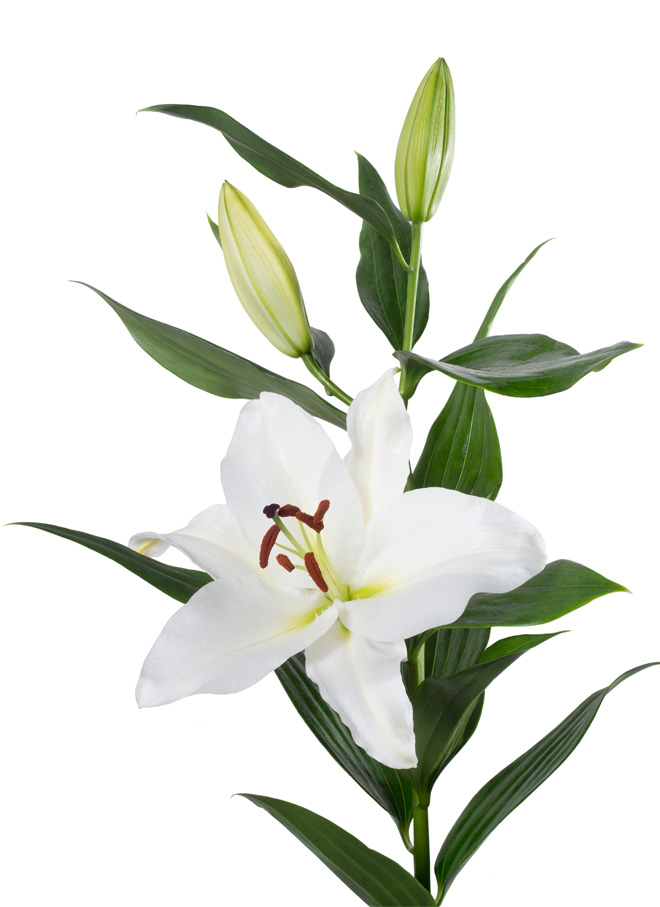
Easter lily, Oriental lily Lilium spp.
Toxicity class: Major Toxicity, Minor Toxicity, Dermatitis (for cats)

Elephant ear Colocasia esculenta
Toxicity class: Oxalates, Dermatitis

English ivy Hedera spp.
Toxicity class: Minor Toxicity, Dermatitis
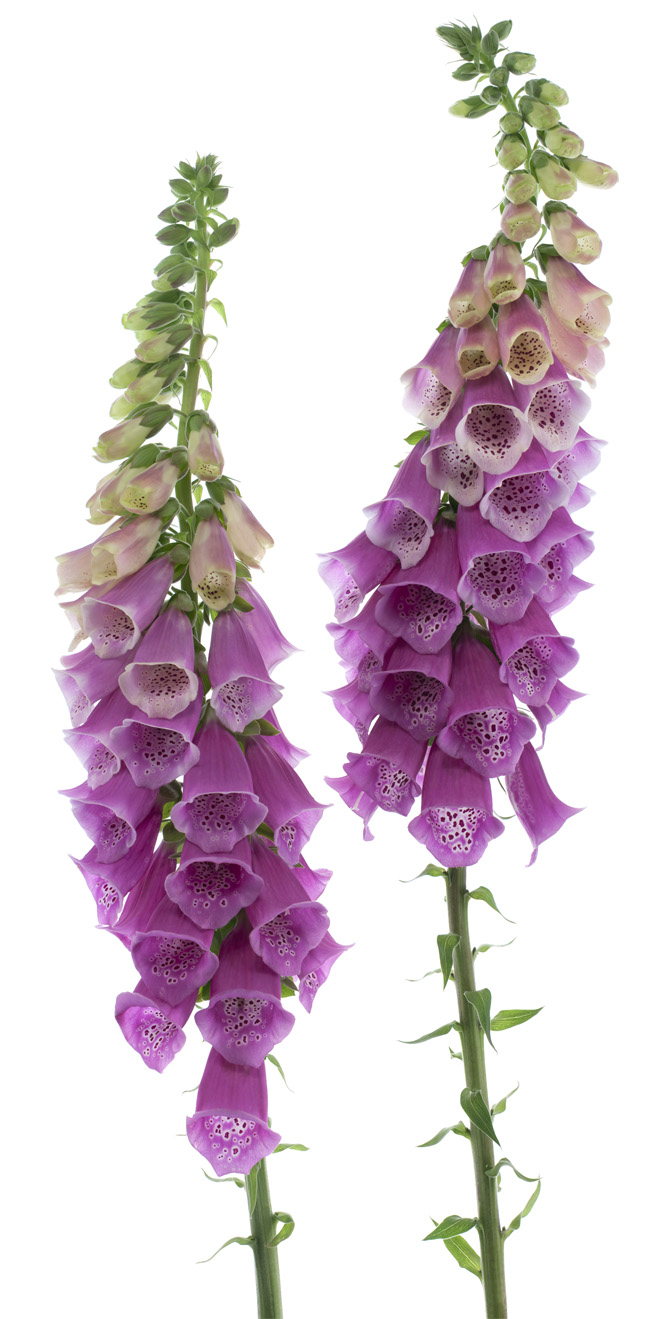
Foxglove Digitalis purpurea
Toxicity class: Major Toxicity
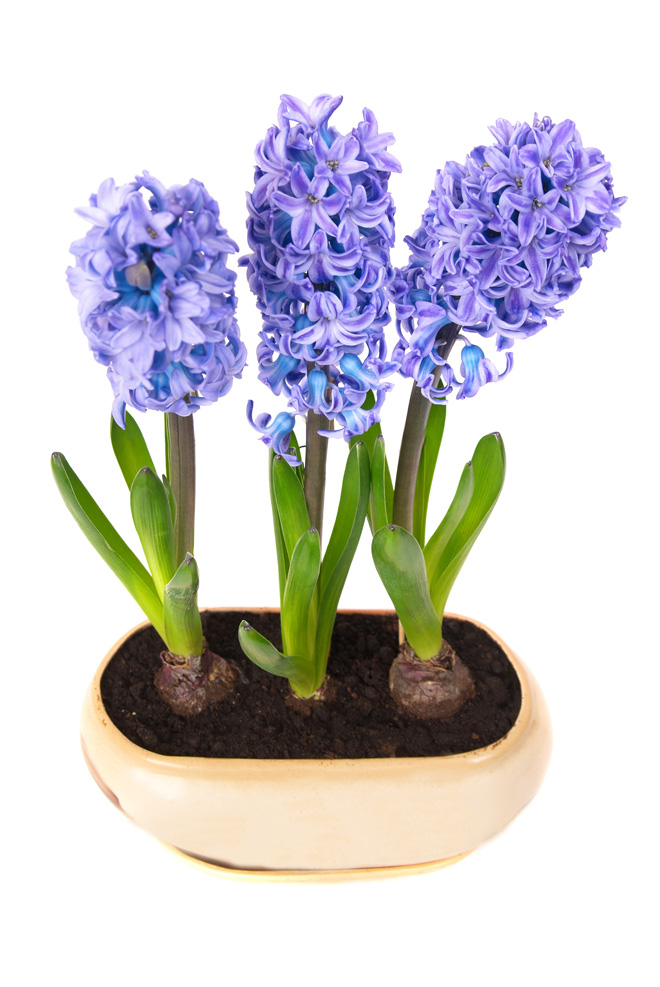
Hyacinth Hyacinthus spp.
Toxicity class: Minor Toxicity, Dermatitis
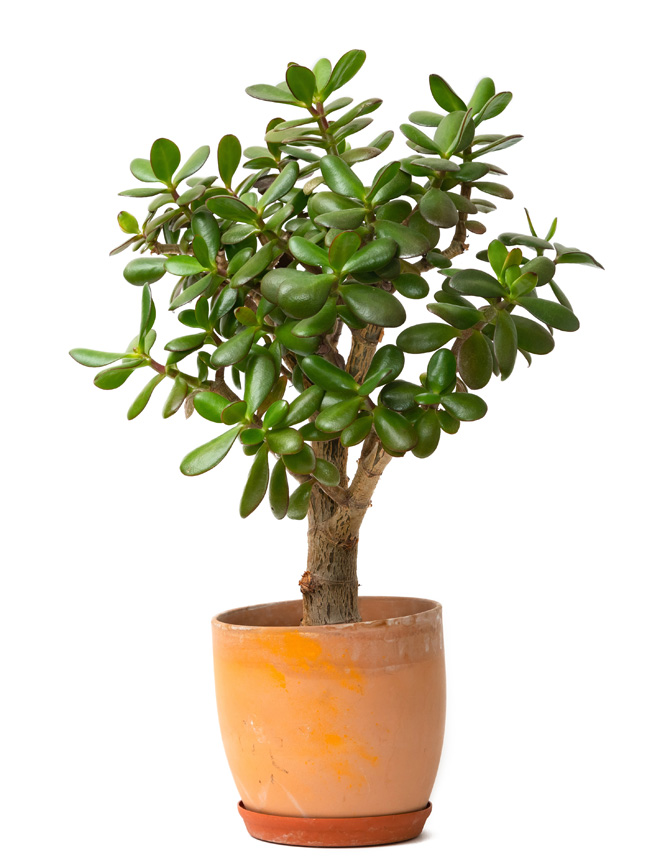
Jade Plant (Chinese rubber plant, Japanese rubber plant) Crassula argentea
Toxicity class: Minor Toxicity, Dermatitis

Laburnum (golden chain tree) Laburnum anagyroides
Toxicity class: Minor Toxicity
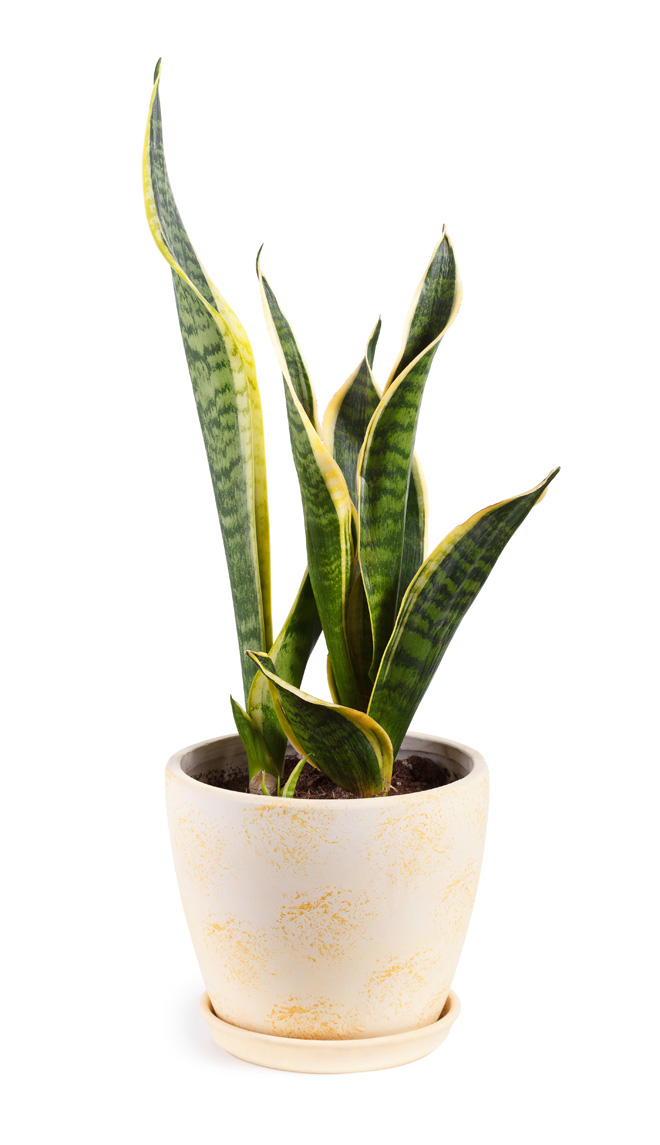
Mother-in-law’s tongue (snake plant) Sansevieria trifasciata
Toxicity class: Minor Toxicity, Dermatitis
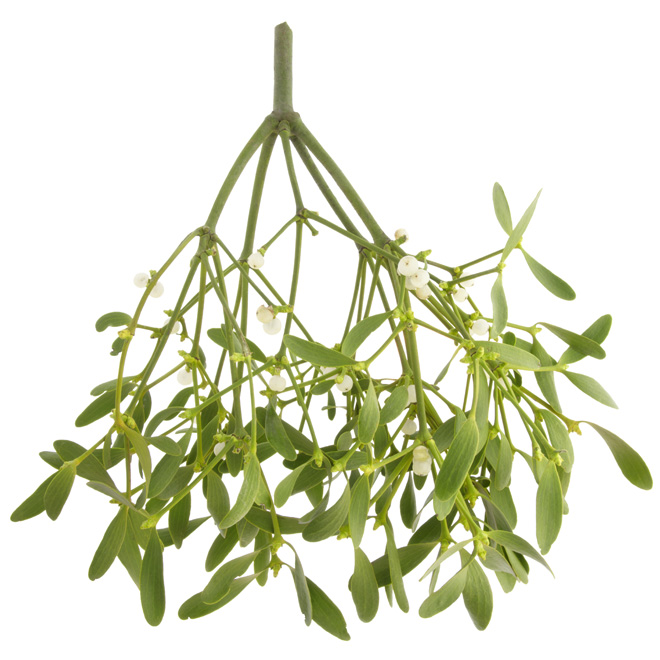
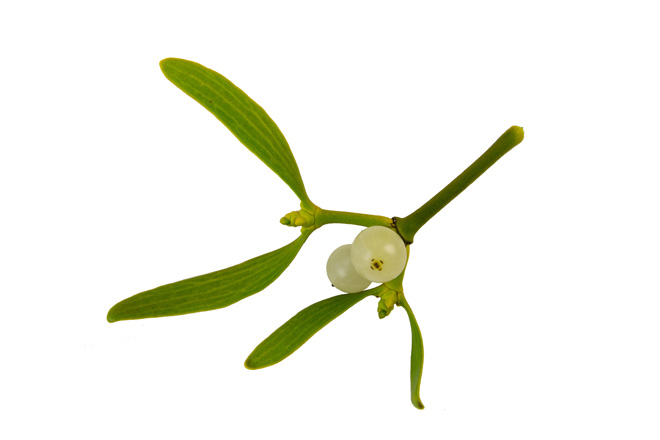
Mistletoe Phoradendron spp.
Toxicity class: Minor Toxicity, Dermatitis
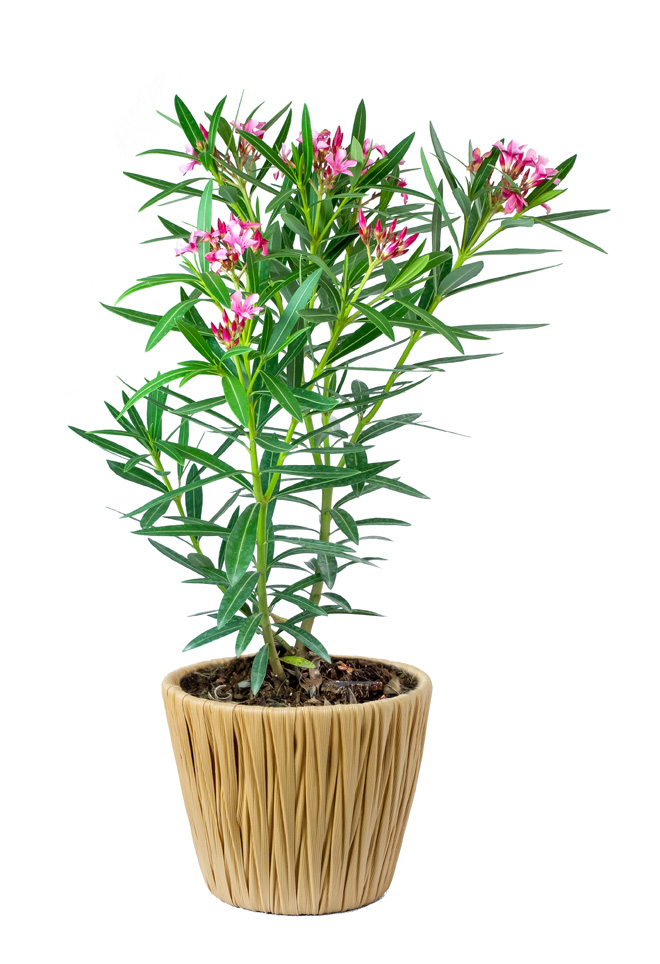
Oleander Nerium oleander
Toxicity class: Major Toxicity, Dermatitis
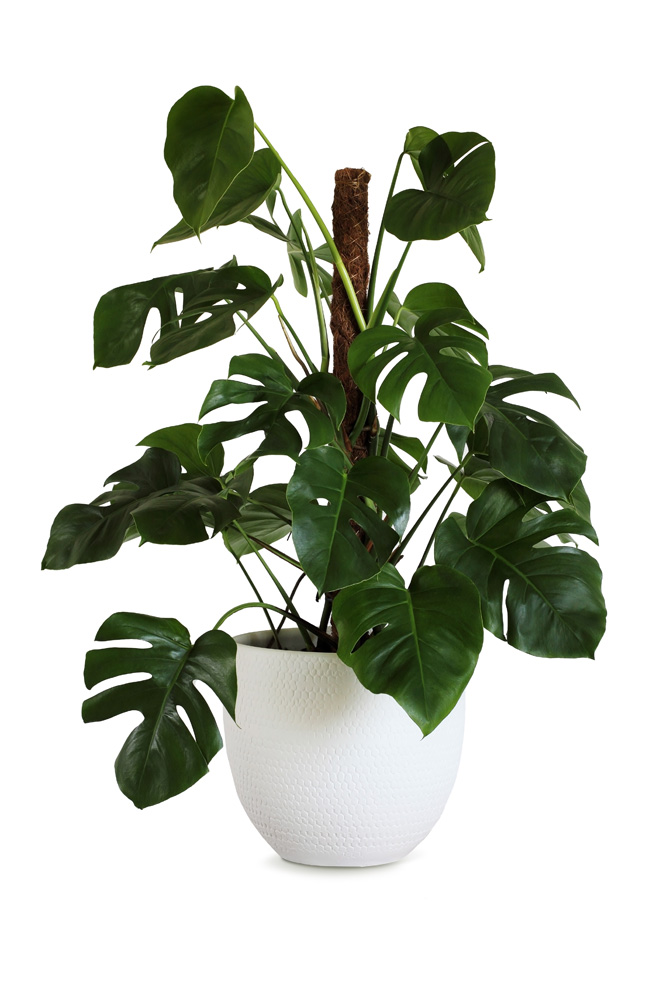
Philodendron Monstera deliciosa
Toxicity class: Oxalates, Dermatitis
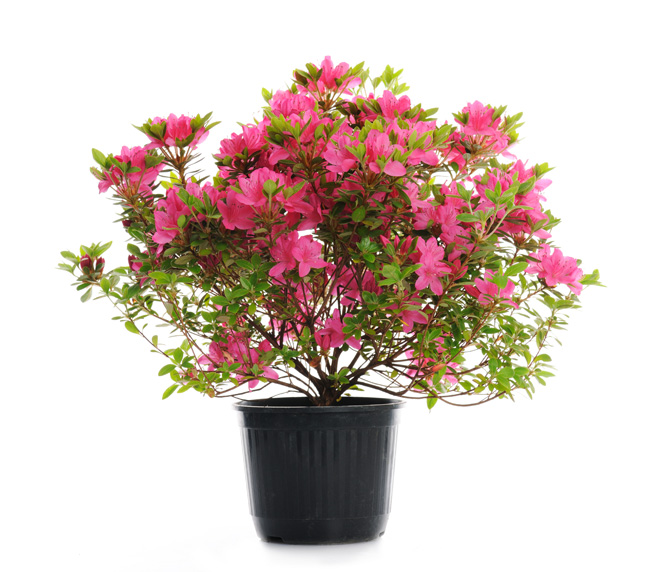
Rhododendron azalea Rhododendron spp.
Toxicity class: Major Toxicity
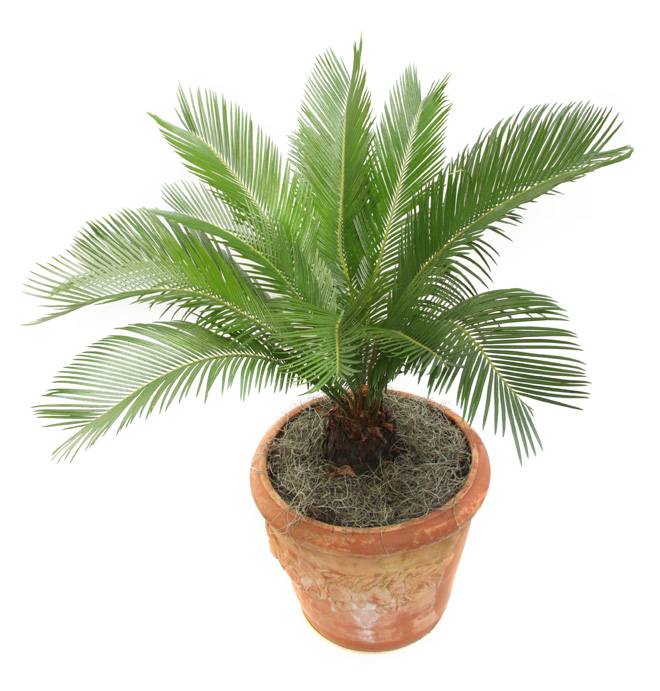
Sago palm Cycas revoluta
Toxicity class: Major Toxicity
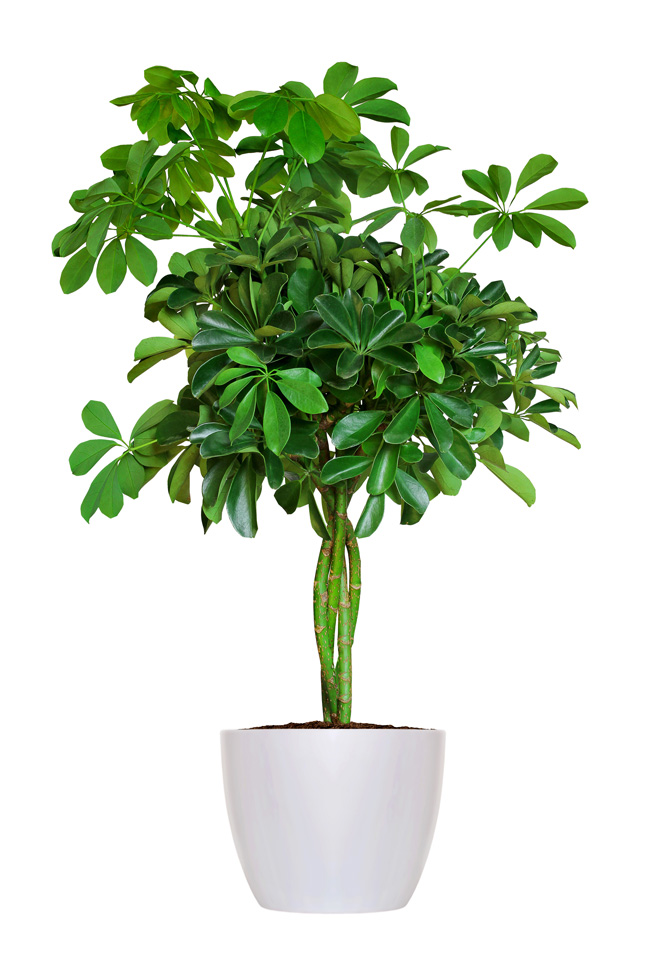
Schefflera Schefflera actinophylla
Toxicity class: Minor Toxicity, Dermatitis
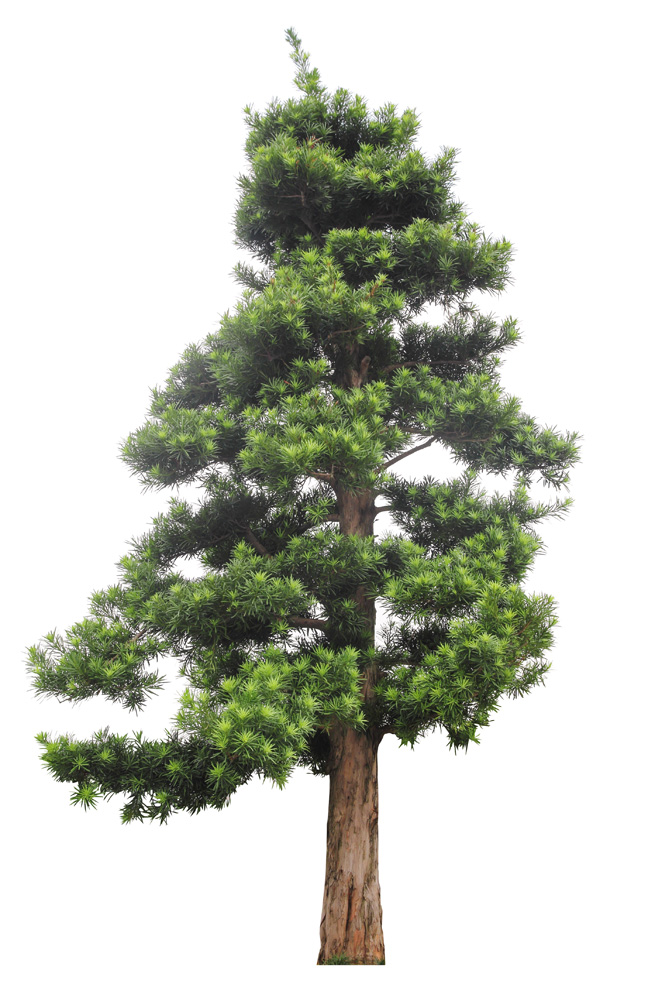
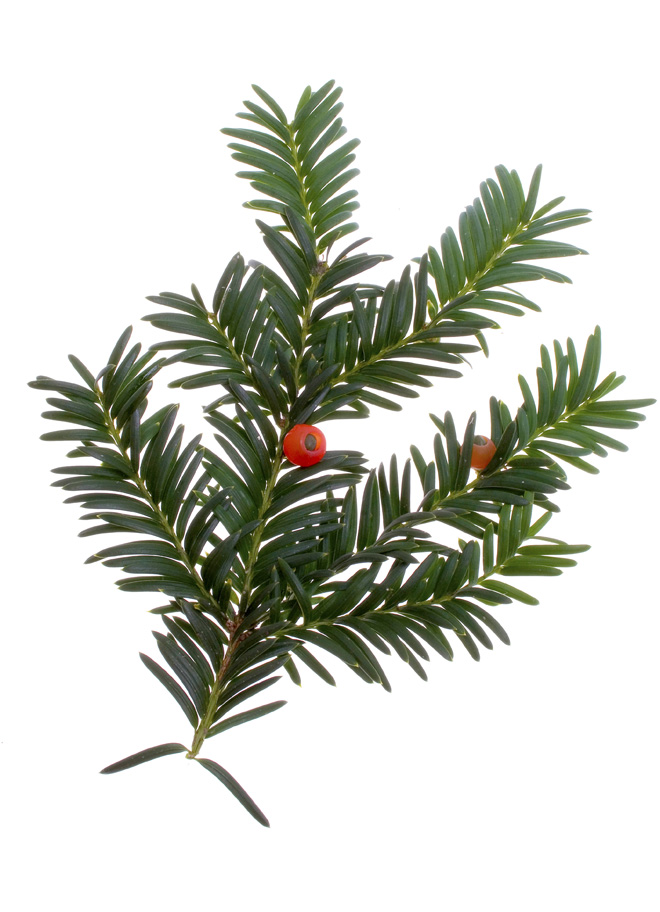
Yew Taxus spp.
Toxicity class: Major Toxicity
Keep toxic plants out of your pet’s reach
This is not a complete list of plants that can potentially be harmful to your pets. For more information on plants that could be harmful to pets, check out toxic and non-toxic plants from the ASPCA or poisonous plants for dogs and cats from the Veterinary Partner website.
Choose plants that are not toxic to pets or use fencing to keep pets away. For more information, refer to University of Georgia Cooperative Extension publication "Keep Your Pets Safe Around Plants" or contact your local UGA Extension agent at extension.uga.edu.
If you suspect a poison-related emergency, contact your local veterinarian or the ASPCA Animal Poison Control Center at 888-426-4435.






